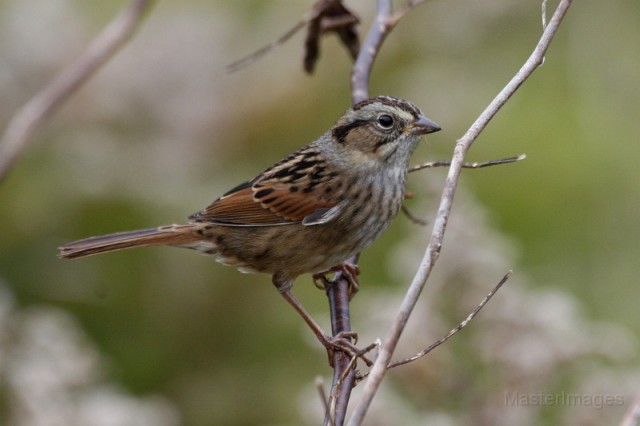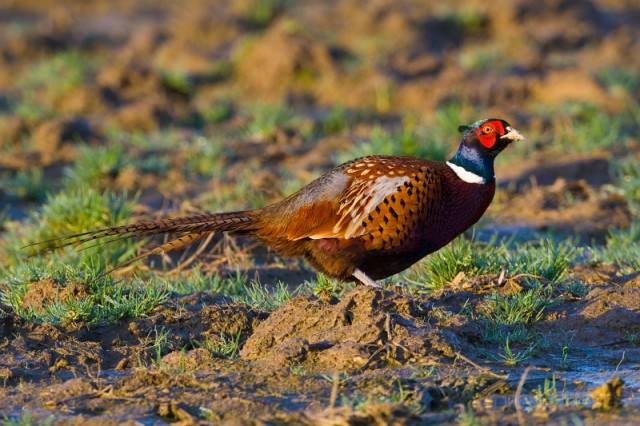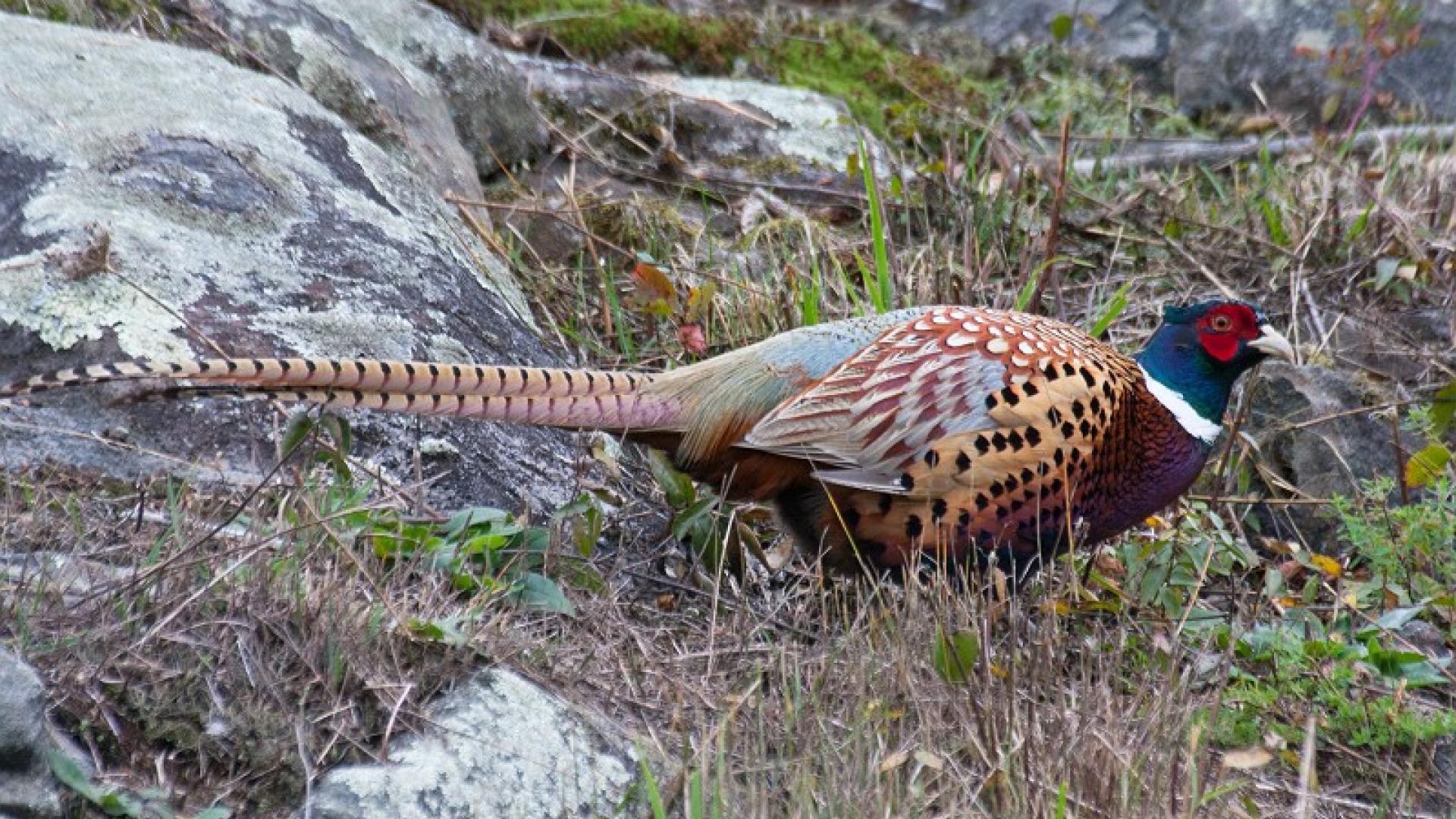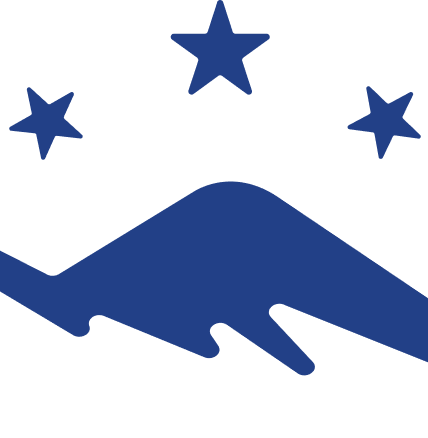The other day, my friends and I were checking out what some birders call the Magic Triangle, just north of Westport. We poked around along a series of hedgerows and fields, finding good sized flocks of red-winged blackbirds, yellow-rumped warblers and white-throated sparrows, but not much else. We chatted with a couple deer hunters who were returning empty handed, and the one suggested he was going to come back in a few days to look for ring-necked pheasants.
We drove a short way up the road to Webb Royce Swamp, a nice area of wetland and cattails, in order to hunt for sparrows along the wetland edge. When we arrived, there were more hunters there - this time with a few dogs. They were clearly hunting for pheasants. And they were hunting right where we were planning to look for birds - but they appeared to be wrapping things up and were just working the edge of the marsh before giving up on the day. We waited a few minutes for them to leave by looking for more sparrows in the hedgerows.
The hunters soon left, their dogs running excitedly ahead of them, and we crossed the field to the marsh edge. We walked along the marsh, finding several swamp and song sparrows, a couple savannah sparrows, and a common yellowthroat. We had been hoping for an uncommon species such as a Nelson’s sparrow, but not surprisingly didn’t find any. We also noticed several blackbirds flying around in the distance and soon found three rusty blackbirds landing in the distant dead trees in the marsh. Then a rusty came in close to where we were standing, perched in a tree and sang – always nice to hear. Soon a few red-winged blackbirds landed next to it and they all flew away together. 
We continued along the marsh, finding more sparrows, and even turned up two marsh wrens – still lingering into the fall. We turned to go and I spotted a large dark bird on the ground back across the field. It was a male ring-necked pheasant.
“There’s a pheasant right where those hunters were looking,” I laughed, and my friends enjoyed the bird's joke on its pursuers. He was standing in the open looking around checking if the hunters and dogs were gone – they had been there only minutes before. But it appeared he was showing off and flexing his muscle and cunning after he had given them the slip.
We walked back toward the pheasant looking at more sparrows along the way, and the pheasant continued to parade around unconcernedly as the three of us approached. He didn’t seem to care – maybe he knew we weren’t a threat. At least we didn’t have dogs. As we got closer, my friend decided to run up toward the seemingly arrogant pheasant to see if he could spook it since it didn’t consider us worth fleeing. 
He got very close to the bird which finally lifted off the ground and flew high in plain sight across the field, across the tree line, across the road and into the open field on the other side of the road. “Good job,” I joked with him. “That bird thought he was safe but you just scared him back to where the hunters are.”
“Oh,” he responded. “I guess I hadn’t thought of that. Well at least it’s an introduced bird.”
True enough. Pheasants are introduced for hunting and as our other friend pointed out, that bird may have been raised in a cage in Ithaca. We walked back toward the car which was parked on the road, looking for more songbirds as we went. When we reached the road I spotted the pheasant – perhaps 60 meters away. He had no cover in the open apart from a small rise in the field. Then we noticed a different hunter and his dog walking along the dirt path along the edge of that field.
“Do you want to tell him about the pheasant and finish the job?”
“No,” my friend smiled a little sheepishly. “I’ve done enough; he’ll have to find it himself.”
We turned to the pheasant and it was gone – clearly hunkering down low in the field and somehow staying out of view. We stayed to see how he fared, and the hunter came along the path and never noticed the bird. It probably helped that his dog was on a leash. Non-native species or not, my friend felt relieved about not having set the bird up for its demise. We loaded up and headed down the road as did the hunter. The hidden pheasant was still in that field when we left, outwitting another hunter. I chuckled, imaging it was like a cartoon character laughing in the bushes because he had outsmarted the hunters. But the pheasant was interested in nothing more than surviving – which it had succeeded in doing. At least for one more day.


